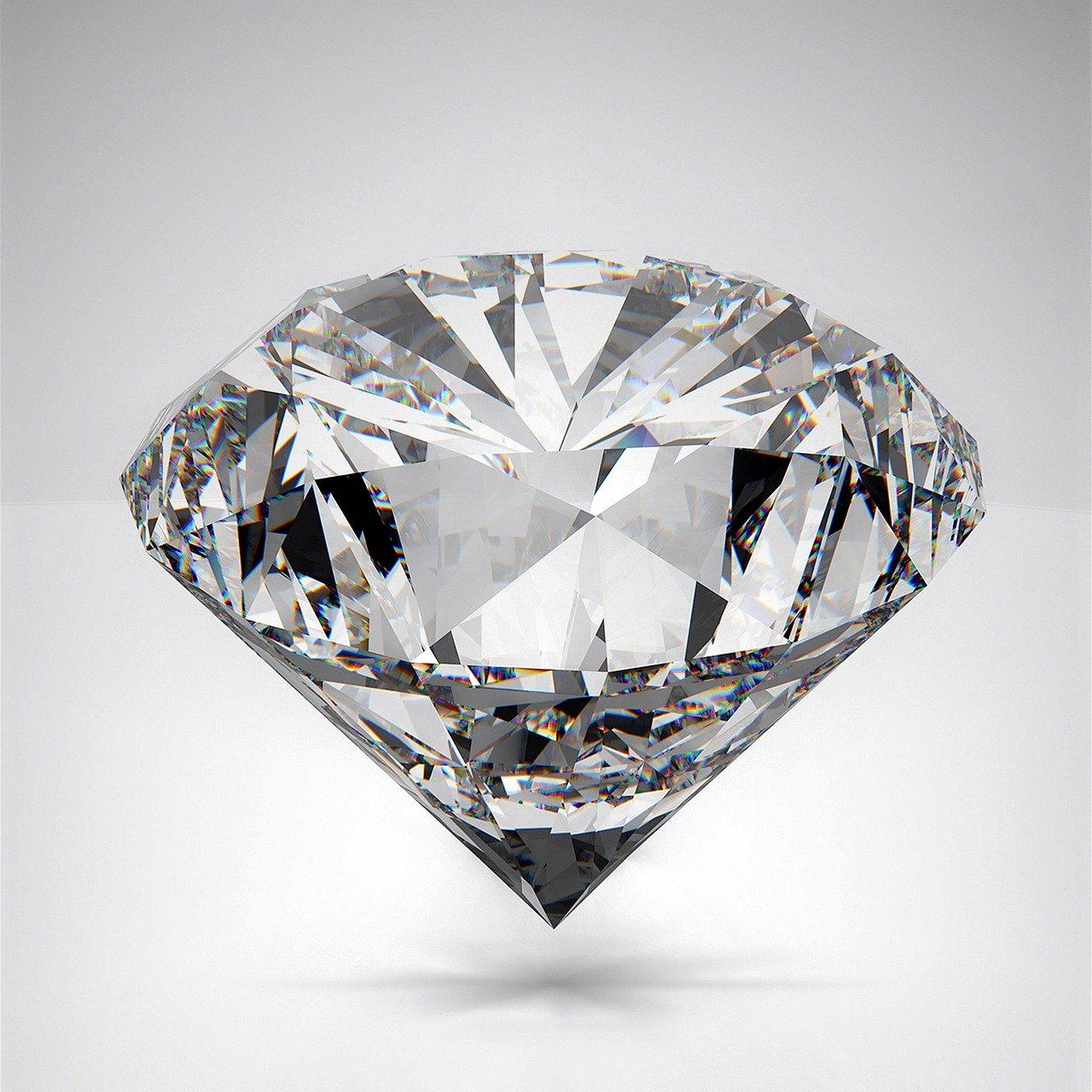
How to Fix a Scratched or Chipped Diamond: What Are Your Options?
Introduction
Diamonds are known for their incredible hardness, ranking at the top of the Mohs hardness scale with a perfect 10. However, despite their durability, diamonds are not indestructible. They can develop scratches, chips, or even cracks due to impact or wear over time. Whether your diamond is part of an engagement ring, a necklace, or another treasured piece, knowing how to fix a scratched or chipped diamond is essential to restoring its beauty and value.
This comprehensive guide explores the causes of diamond damage, the available repair options, and the best ways to prevent future damage.
1. Understanding Diamond Damage: Scratches vs. Chips vs. Cracks
Before determining how to fix a damaged diamond, it's important to understand the type of damage it has sustained.
1.1 Scratches
Surface-level imperfections that dull the diamond’s brilliance.
Often caused by contact with other diamonds or rough handling.
1.2 Chips
Small pieces missing from the edges or corners of the diamond.
Commonly occur due to accidental drops or hard impacts.
1.3 Cracks (Fractures)
More severe damage that can weaken the diamond’s structural integrity.
Often requires professional intervention to restore the stone.
Understanding the severity of the damage helps determine the best repair solution.
2. Can Scratches or Chips Be Removed?
Yes, in many cases, scratches and chips can be fixed through various methods, including polishing, recutting, and resetting. However, the best method depends on the severity of the damage and the diamond’s size and shape.
3. Repairing a Scratched Diamond
3.1 Professional Polishing
If a diamond has minor scratches, a professional jeweler can polish the surface to remove imperfections.
Polishing removes a very thin layer of the diamond, which usually does not affect its weight or value significantly.
Ideal for light surface scratches but not for deeper damage.
3.2 Recutting the Diamond
For deeper scratches, the diamond may need to be recut to remove the damaged layer.
Recutting can improve the stone’s brilliance but may slightly reduce its carat weight.
Best done by experienced diamond cutters to maintain the stone’s shape and symmetry.
4. Fixing a Chipped Diamond
4.1 Recutting the Diamond to Remove the Chip
A jeweler may reshape and recut the diamond to remove the chip.
This can slightly reduce the diamond’s carat weight but restore its visual appeal.
Works best for small chips that do not affect the stone’s structure.
4.2 Reshaping the Diamond
Instead of a full recut, a jeweler can reshape the diamond into a different cut (e.g., from round to oval) to eliminate visible damage.
This option may be necessary for larger chips or irregular shapes.
4.3 Hiding the Chip with a New Setting
If recutting is not an option, the jeweler may suggest resetting the diamond in a way that hides the chip under a prong or bezel setting.
This solution preserves the carat weight while concealing imperfections.
5. Repairing a Cracked Diamond
5.1 Laser Drilling and Filling
Some fractures or inclusions can be treated using laser drilling to remove black carbon spots or improve clarity.
Fracture filling involves injecting a clear resin into the crack to enhance the stone’s appearance.
These treatments can make a diamond look better but may reduce its value if disclosed.
5.2 Diamond Splitting and Reshaping
If a crack runs deep into the diamond, it may need to be split into two smaller stones.
This option results in a significant loss of size but retains the diamond’s integrity.
Often used as a last resort when no other repair method is viable.
6. Costs Involved in Repairing a Diamond
6.1 Factors Affecting the Cost
Extent of Damage: Minor polishing costs less than full recutting.
Size and Quality of the Diamond: Larger, high-quality diamonds are more expensive to repair.
Labor and Expertise: Experienced diamond cutters charge more for precision work.
Repair Method: Polishing is cheaper, while recutting or resetting may be more costly.
6.2 Estimated Repair Costs
| Repair Type | Estimated Cost (USD) |
|---|---|
| Polishing Scratches | $50 - $200 |
| Recutting Small Chips | $300 - $600 |
| Full Diamond Recut | $500 - $1,500 |
| Resetting to Hide Damage | $200 - $800 |
| Fracture Filling | $100 - $500 |
Prices vary based on location, jeweler expertise, and diamond quality.
7. How to Prevent Diamond Scratches and Chips
7.1 Store Diamonds Separately
Keep each diamond piece in a separate jewelry box compartment to avoid scratches.
7.2 Avoid Hard Impact
Remove diamond jewelry before physical activities (sports, heavy lifting, gardening).
7.3 Choose a Protective Setting
Bezel settings provide extra protection compared to prong settings.
Halo settings offer additional security by surrounding the diamond with smaller stones.
7.4 Regular Inspections and Maintenance
Have your diamond jewelry inspected by a jeweler once or twice a year.
Check for loose prongs or settings that may expose the stone to damage.
8. Should You Replace a Damaged Diamond?
8.1 When to Replace Instead of Repair
If the repair cost is high compared to the diamond’s value.
If the structural integrity of the stone is compromised.
If the aesthetic appeal cannot be restored through repair.
8.2 Buying a Replacement Diamond
Look for GIA-certified diamonds to ensure quality.
Consider trading in the damaged diamond for a new one at a reputable jeweler.
9. Conclusion
Diamonds are incredibly durable, but they are not immune to damage. Whether your diamond has a minor scratch or a significant chip, professional repair options such as polishing, recutting, or resetting can help restore its brilliance. Preventative care, such as proper storage and regular inspections, can minimize the risk of damage.
If your diamond is beyond repair, replacing it with a new stone might be the best option. Always consult a professional jeweler to assess the damage and determine the best course of action.
By understanding your options, you can ensure your diamond remains a timeless and valuable treasure for years to come.